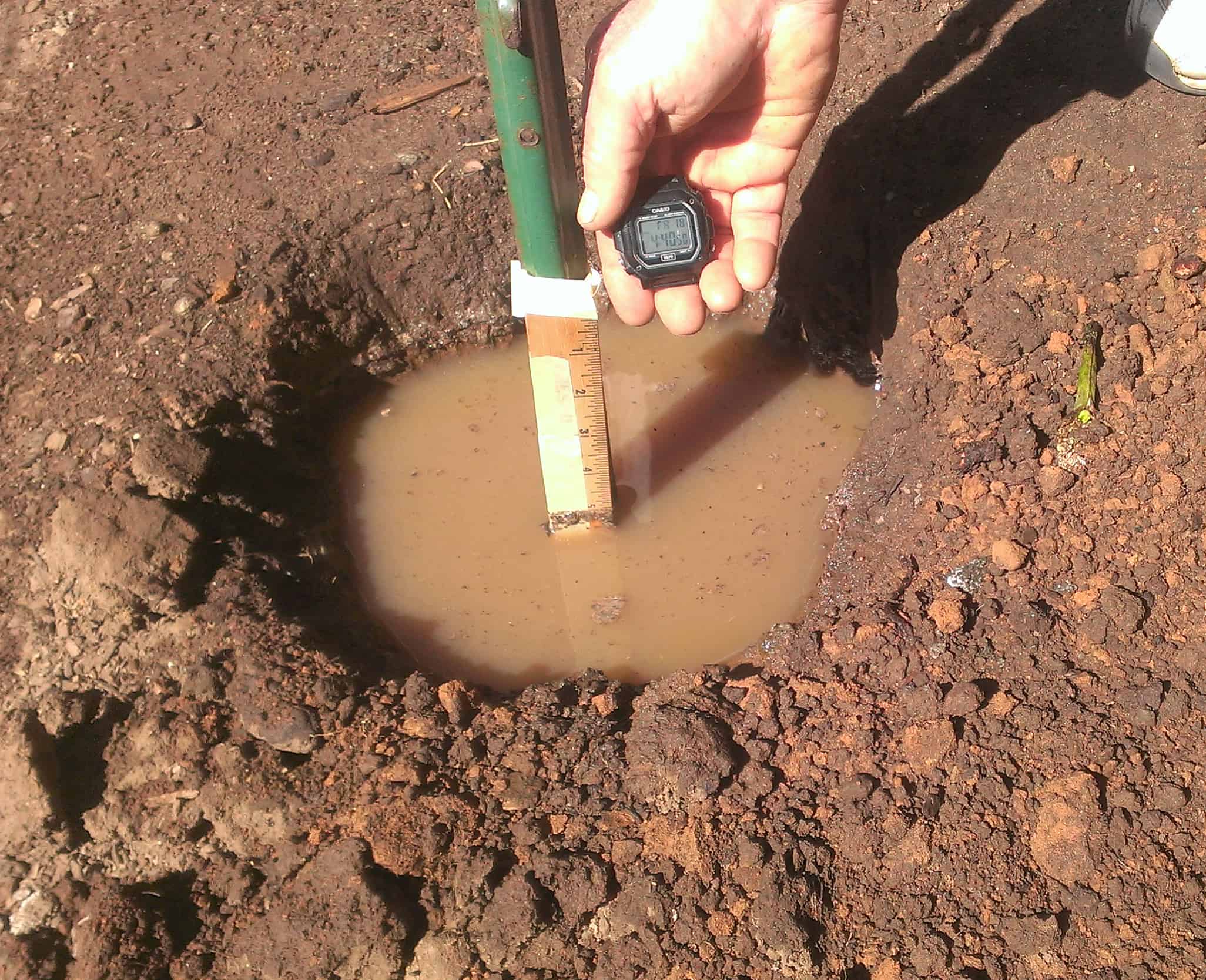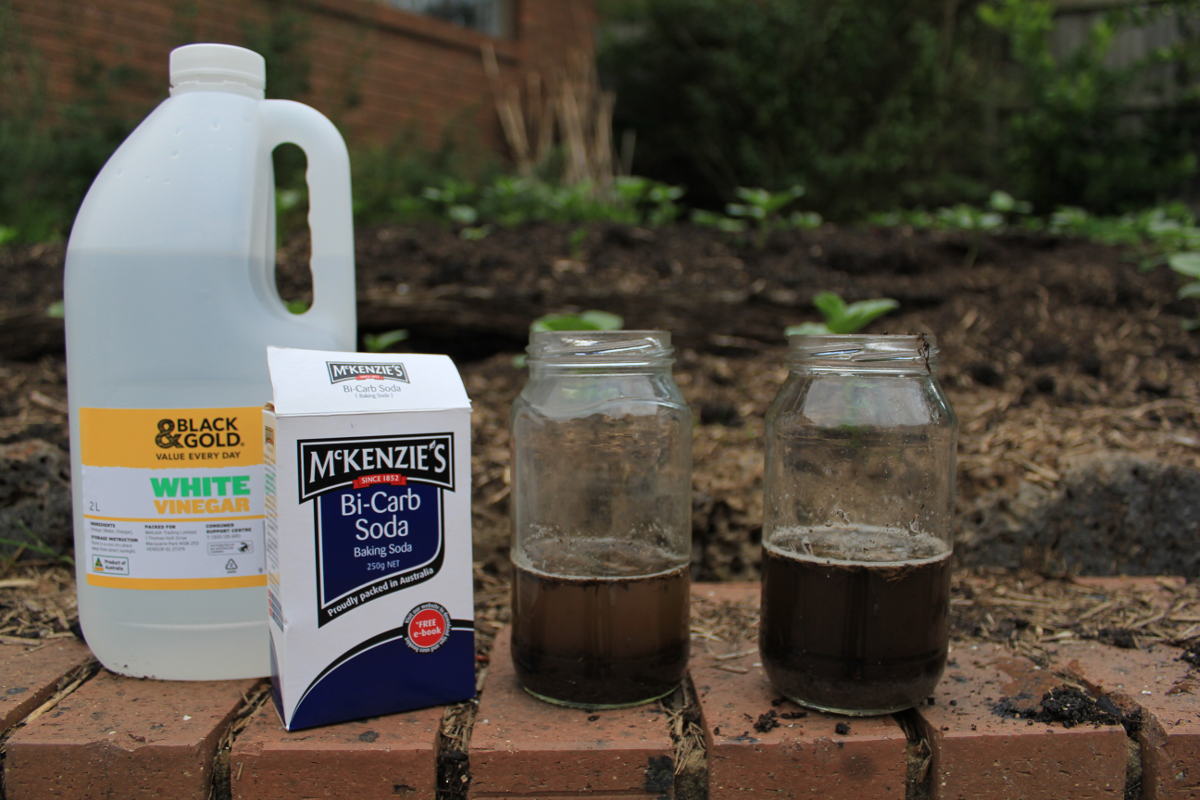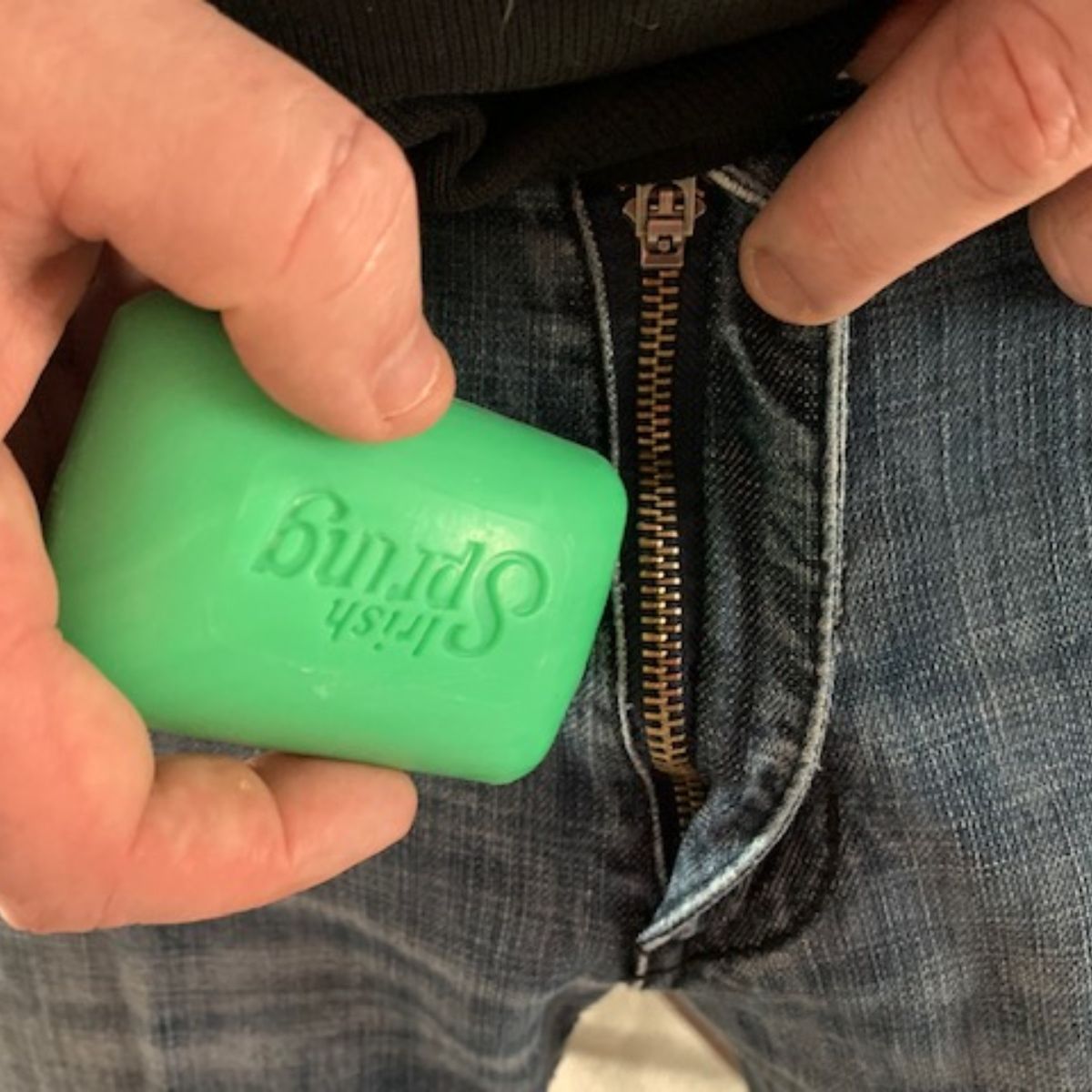Godetia is a spring-blooming annual flower. It’s native to Western North America. It blooms throughout the summer and attracts bees, butterflies, and hummingbirds. However, most people don’t know how to care for this beautiful flowering plant and end up killing their plants instead.
If you want your Godetia to thrive, you should take the time to learn about its growing conditions to give it what it needs. If you want to keep your yard free from these invasive plants, growing them yourself will help reduce their numbers.
Growing this flower isn’t hard, but there are a few things you’ll need to know before planting, so you don’t end up with dead flowers. Here’s how to grow the godetia plant successfully and without accidentally spreading seeds.
Origin of the Names
This genius plant was called Godetia about a 19th-century Swiss botanist Charles Henry Godet. Later, the name was changed to Clarkia in honor of William Clark of the famous Lewis and Clark Expedition. And finally, Godetia amoena, which means beautiful and pleasing.
The Godetia plant is also named farewell to spring because it doesn’t like hot and humid summer weather. It’s a cool-season annual that puts on most of its growth in the spring. As soon as temperatures begin to rise at the start of the summer, godetia flowers come into their peak, leading to their nickname farewell to spring.
Godetia Care
Size and Growth
The Godetia plant grows to about 14 inches tall and 16 inches wide, with green leaves on top and gray underneath. These elegant plants produce green stems with thin leaves. As an annual plant, Godetial dies each year.
Flowering and Fragrance
Godetia plants produce a cluster of trumpet-shaped pink, red, or salmon flowers. The Godetia flower blooms in the late spring then flower throughout the summer. While the flowers don’t have a noticeable fragrance, they’re still very attractive to look at. Godetia plants can also make great cut flowers. All you need to do is to cut several stems once the flowers appear, then trim off the spent blooms to encourage new blooms to appear.
Soil
Godetias thrives on soil types ranging from sandy to loamy soils with medium acidic content. Adding organic matter before planting helps maintain this pH balance. These plants grow well on average to rich soil. Organic matter helps to keep the soil moist and not wet. You can make compost to get organic matter easily. Add mineral fertilizer when planting, then once a month after planting.
This will ensure strong roots and a healthy plant. Also, mulch around them to help retain soil moisture and keep the plants healthy. You can also use any enhanced water that is available from large retailers for watering these plants.
Watering
Godetia plants have similar needs as other flowering annuals when it comes to watering. Provide enough water, so your plant doesn’t wilt but not too much water to where it’s sitting in puddles. Whether you grow it in a tub, pot, or container, this plant needs frequent watering.
This means if you’ve seen your plant start wilting, then give it a bit of water, which should restore its health. If the wilting persists, then you may have given it too much water, or your soil is overly wet. On the other hand, if your plant isn’t wilting but looks dry, you can water it to restore its health.
Light and Temperature
Grow Godetia in full sun unless your garden is in a hot area with lots of humidity. It’s also suitable for outdoor growth in USDA hardiness zones two to eleven. It can tolerate both warm and full sun, but it’s not a particularly picky plant.
Grooming Godetia Plant
Do not prune your plant at the end of winter because this will affect flower production. Instead, it’s better to cut back around mid-summer and then again in early autumn should you feel the need to do so. Make sure you dead-head and remove withered flowers as this will encourage new blooms next year.
How to Propagate Godetia Amoena
As an annual, this plant dies at the end of every year, so you need to propagate it with seed each year. After purchasing your seeds, you can plant them any time of the year. Sow the seeds early spring indoors and cover lightly with fine garden or potting soil to encourage early bloom.

Image credit: https://www.gardensonline.com.au/
You can directly seed it in your flower garden or start it in four to six weeks before the last frost date in your region. When sowing outdoors, sow the seeds after the last frost date. Flowers bloom early to mid-summer while taller varieties may require staking.
Use a propagating tray to help you spread the seeds over the light soil, then cover your seeds with plastic and poke holes for ventilation. Placing your tray in a bright spot such as a windowsill and balcony will help your seeds grow. Ideal plant spacing is 16 to 20 inches and godetia plants don’t like to be crowded.
How to Grow Godetia Plants from Seeds
Godetia is grown from seeds, and this propagation method is not difficult for flower growers. You can sow godetia seeds directly in the open ground where you want to grow your flowers. However, if you are a beginner, sow the seeds in seed trays or containers to make it easy for you to identify each type of seedling.
/godetia-plant-profile-4800077_03-0851a9a0fa004a18a5328540b257a908.jpg)
Image credit: https://www.thespruce.com/
If you want to sow your godetia seeds in the garden, do it in the middle or end of April. In areas with warmer climates, you can sow seeds even in autumn. Before planting, immerse your seeds in a weak solution of potassium permanganate for half an hour to protect future sprouts from diseases.
Spring Planting of Godetia
At the end of May or early June, you can plant seedlings that have reached 2 to 2.8 inches in an open ground with the soil cold so as not to damage the roots of the seedlings. You should do this in cloudy weather, early in the morning before sunrise or in the evening after sunset.
utumn Planting of Godetia
Autumn Godetia should be planted only in warm climate areas. Flower growers prefer to sow seeds directly into the ground. However, plants grown from the seeds sown in late autumn are better adapted to the environment and resistant to pests and disease.
Species and Varieties of Godetia
Godetia Grandiflora
This is the most common species in commercial cultivation. The plant’s height reaches 20-30 cm, and the flowers are purple or pinkish. They grow well in half shade but are not among the shade-loving flowers. You must also remember to protect them from direct sun rays during hot summer days.
Godetia Amoena
This variety is two feet high and produces large flowers with a diameter of 4-5 cm. Plant it in full sun, but protect its delicate buds from frost and strong wind.
Double Godetia
This is a rare variety that features double flowers in white or rose colors. The plant is tall – 1-1, 5 m. Seeds need cold weather to germinate and will only grow in bright sunlight.
FAQs on How to Grow and Care for Godetia Plant
Is the Godetia plant easy to grow?
Growing Godetia is easy and fun; plus, the plant will provide you with heaps of flowers in just a few months.
What’s the best way to grow Godetia?
You can grow godetia flowers in containers, window boxes, or flower beds. If you want it to survive during winter, plant it in rich soil with organic matter and place it in full sun during summertime.
Final Thought on How to Grow and Care for Godetia Plant
As you can see, growing and caring for the Godetia plant is not that hard and is very rewarding. If you love flowers, then you should consider growing this plant. You will enjoy the color and beauty of the godetia flower in your garden.
The post How To Grow and Care for Godetia Plant appeared first on Kitchen Infinity.








